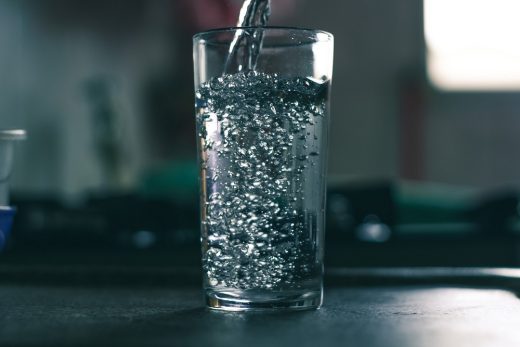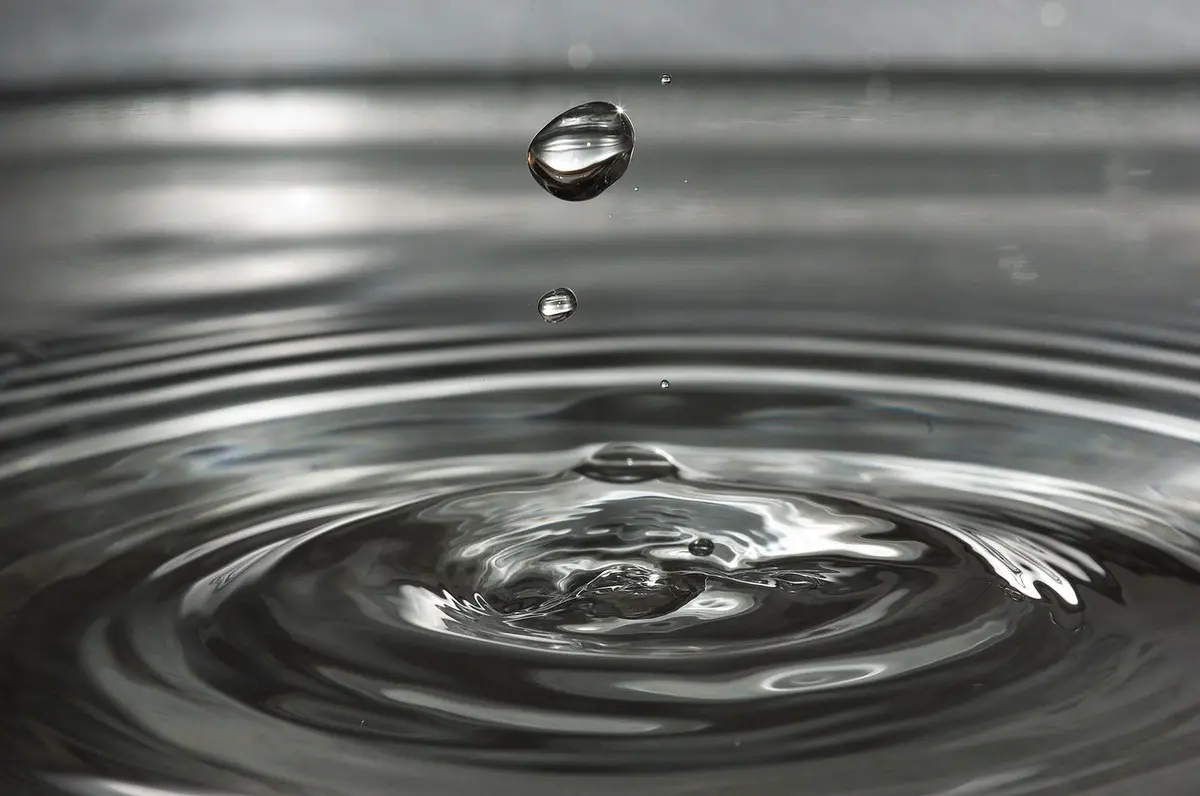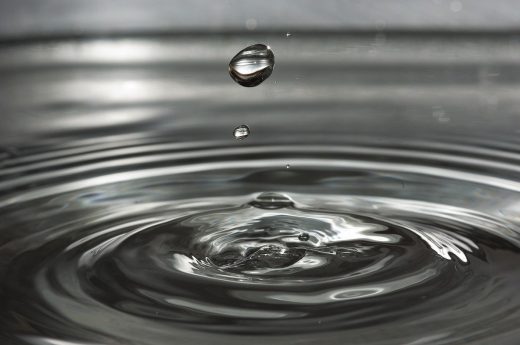Water filter leak advice, Building plumbing tips, Property clean filtering advice
What Steps Should I Take If My Water Filter Is Leaking?
4 June 2024
Discovering a leaking water filter can cause worry. However, understanding the fundamental troubleshooting measures can help solve this situation. Firstly, it’s crucial to identify the leakage’s source; it might arise from the intake or output host, or filter housing. Check each area methodically.
Now that you’ve worked out whence the leak derives from, you’ll be able to rectify it more effectively. If the leakage origin is the filter housing, consider replacing the O-rings or seals. This often handles the leakage. For further trouble-shooting, you may need professional help.
Adjusting the water filter may also resolve the seepage. Be sure relevant cartridges are fitted correctly. After completing these steps, if the leak continues, the filter system may be flawed or require replacement. Before you panic, consult a professional water filter provider.
A knowledgeable solution can be achieved by suggestions from experts in the field. Visit filtap.com.au to get professional insights and offerings about water filter systems. They can provide you with guidance and assistance about leakage problems and comprehensive filter system replacement if necessary.
Identifying the Leak Source
Pinpointing your water filter leak’s origin is vital. This task typically involves running simple inspections on different parts. Start by checking connections like the inlet and outlet pipes, valves, and the filter unit itself.
The issue could possibly be due to improper installation or loose fittings. A leaking faucet might be caused by a worn-out O-ring seal, a common problem in older models.
If the source of the leak is unclear, use a dry paper towel or tissue to detect damp areas. Be sure to run checks while the system is working because some leaks only occur during operation.
| Possible Leak Sources | Solution |
| Fittings and adapters | Tighten, replace if damaged or worn |
| O-Ring seal | Replace with new O-ring |
| Always ensure replacement parts match specifications of original parts. | |
Tools Needed for Repair
The first step in addressing a leaking water filter is ensuring you have the right tools for the job. This typically includes a wrench, plumber’s tape, and replacement O-rings or gaskets.
Use a Wrench
Most water filters can be opened with a standard wrench. It’s important to proceed with caution to avoid causing further damage. If the filter casing seems particularly firm, don’t force it.
Plumber’s Tape
Plumber’s tape, also known as Teflon tape, is used to secure connections and prevent leaks. Ensure you apply it on the threads of the connections as this reduces chances of water escaping.
O-Rings and Gaskets
Replacement O-rings and gaskets are crucial parts that seal connections. If your filter is leaking, one of these parts may be damaged or worn out. A suitable replacement can create a watertight seal.
Contacting Professionals
If the aforementioned steps don’t remedy your leak, it might be a more severe problem that requires professional intervention. Consider consulting with a professional plumber or contacting the manufacturer for advice.
Sealing Water Filter Leak
A leaking water filter can be a distressing occurrence. The issue typically arises due to worn-out O-rings, improper installation, or deterioration of the system over time. Understanding how to seal the leak is crucial.
The first step is to identify the source of the leak. For this, you will need to remove the filter from its housing and inspect all components for damage.
If the problem lies with O-rings, replacing them should do the trick. Most water filtration units come equipped with spare O-rings or you can purchase them separately online or from any plumbing store.
- Turn off the water supply before starting the repair process to prevent further leaking and possible water damage.
- Remove the water filter from its housing.
- Replace the damaged O-ring and lubricate it for an easier fit. Always use food-grade lubricants suitable for potable water systems when performing maintenance work on your in-home filters.
If, however, your filter unit is old or seriously deteriorated, replacing it may be more cost-effective. Instead of spending money on numerous repairs which could potentially amount to or exceed replacement cost, choose a new system with updated features that serve your needs better.
Above all, follow manufacturers’ maintenance guidelines and recommendations closely. Regular inspection increases longevity and helps maintain optimum performance of your water filter system throughout its lifespan.
Servicing the O-Ring
If your water filter is leaking, it might be due to issues with the O-Ring. This small, but crucial component ensures a tight seal within the filter itself. Any disruptions, such as misalignment or damage, can lead to leaks.
Firstly, always make sure to switch off your filtration system to prevent water flow during the repair process. Then gently remove the O-ring from its setting, being careful not to cause any further damage.
- Examine the O-Ring: Look for any wear and tear. If you see any signs of damage like crimps or stretching, it’s time to replace it.
- Clean the groove: Use a soft cloth and mild soap to clean out where the O-ring sits before reinstalling.
- Place new O-ring: Apply a small amount of silicone grease on all sides of the new O-ring before placing it in its seat.
Tighten everything back into place without over tightening as excessive force can lead to additional leaks. Lastly, switch on your system and monitor for any leaks happening.
If after all these steps you still notice water leakage, it is best to contact a professional plumber or the customer service of your filter’s brand for further assistance.
Filter Replacement Process
If your water filter is constantly leaking, replacing it might be the most efficient solution. Start by identifying what type of replacement filter you need, as each system requires a specific type.
Determine whether your system uses a cartridge-based filter or a whole house system. You will find this information in the product’s user manual. If you can’t locate the manual, check online with the product’s manufacturer for guidelines.
- Purchase the Right Replacement: Once you’ve identified your filter type, purchase a suitable replacement. Ensure it’s from a trusted retailer to avoid counterfeit products that could cause further leaks or filtration issues.
- Turn off Water Supply: Prior to starting the replacement process, turn off your home’s water supply to prevent any potential water damage during the process.
- Remove the Old Filter: Locate and unscrew the old filter. Be cautious, some water may spill out when you do this.
- Insert New Filter: Once you’ve removed the old one, replace it with your new filter. Turn it clockwise until it’s firmly in place.
After securing your new filter, remember to turn your water supply back on and check if there’s any leakage. If not, congrats! You’ve successfully replaced your water filter. If the leak persists, consult with a professional as there may be an issue with the water filtration system itself.
Your health is essential, and safe drinking water plays a pivotal role in maintaining it. Always make sure your equipment operates correctly to provide you and your family healthy and clean water.
Pressurizing Your System
When dealing with a leaking water filter, pressurizing the system is one key step. First, ensure the filter and all its components are correctly installed and tightly fitted.
If the leak persists, adjust the system pressure. Your system’s water pressure significantly influences this issue as high pressure often leads to leaks.
Reducing Water Pressure
You can lower the water pressure to help reduce leaks in your water filter. If you’re unsure about how to do it safely, seek professional help to avoid damaging your system.
Testing for Leaks
After reducing the water pressure, test your system for leaks. Thoroughly inspect every part of your filter – from the housing to tubing connections – for any signs of leakage.
Preserving Your Filter
To prevent further leaks and extend the life of your filter, regular maintenance is vital. This includes keeping detachable parts clean and replacing filters as recommended by the manufacturer.
Paying attention to these tips will greatly help in managing leaking issues with your water filter and maintaining its efficiency for safe usage.
Maintenance to Prevent Leaks
Regular maintenance of your water filter is crucial when preventing leaks. The build-up of sediments and contaminants can cause unforeseen leaks in your system.
Additionally, keeping track of the lifespan of your filter’s cartridge minimizes the likelihood of unwanted leaks. Importantly, while sometimes a simple fix is enough to solve the problem, understanding why your water filter is leaking is key.
- Check for Loose Parts: Start by examining all the components of your water filter.
- Replace Worn-Out Seals: Over time seals wear out, check if it’s time for a replacement.
- Proper Installation: Make sure everything is installed correctly and that you follow all manufacturer’s instructions.
An improper installation or an overlooked component might be the source. Your diligence in maintaining your filtration system appropriately ensures you get the best quality drinking water and prevents unsightly leaks from occurring.
This kind of habit not only guarantees a more pleasant user experience but also increases the lifespan of your equipment. Regular filter maintenance should not be overlooked or taken lightly.
Comments on this guide to Water filter leak advice guide article are welcome.
Drinking Water
Water Faucets
Consider a Faucet-mounted Water Filter

Expert solutions for faucet care
Drinking Water Filters
Buying Under Sink Water Filter for the Home?
Zip Water HydroTap drinking water system
Storing emergency safe drinking water
Finding the best water treatment experts
How to Remineralize Reverse Osmosis Water
Why is water treatment important
Building Articles
Residential Architecture
Comments / photos for the Water filter leak advice guide page welcome







